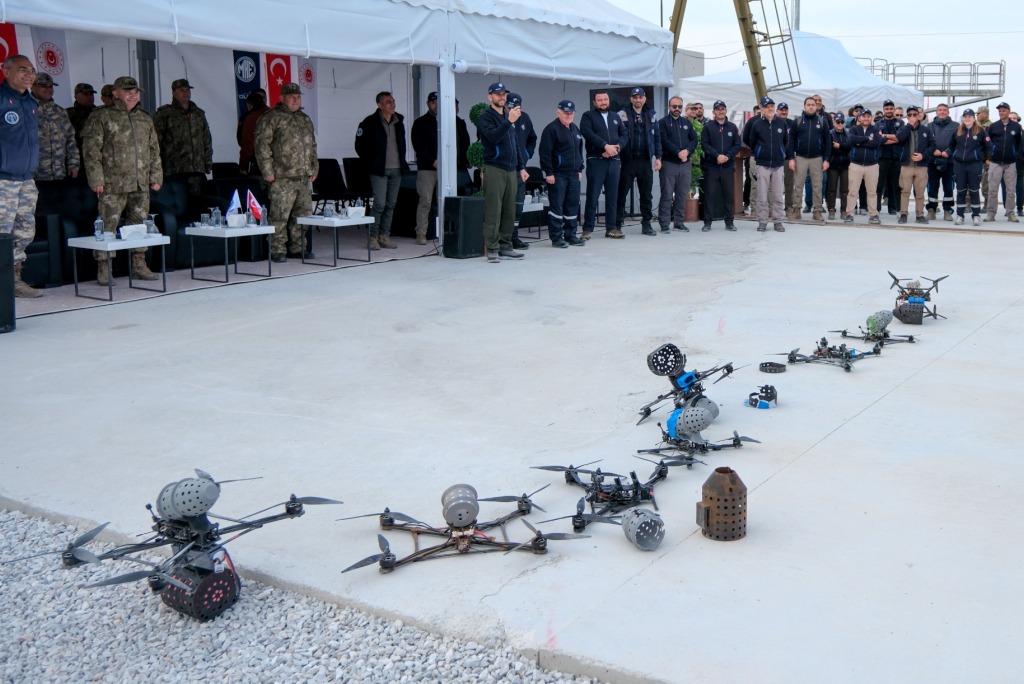Strategic Divestment: Analyzing the U.S. Air Force’s Upcoming Changes
The U.S. Air Force is embarking on a significant restructuring initiative that includes plans to retire its remaining fleet of A-10 Thunderbolt II aircraft by fiscal year 2026, as part of a broader strategy to divest a total of 340 aircraft. This decision marks a pivot in U.S. air combat strategy and signals a potential shift in operational capabilities within the Air Force.
Aircraft Retirements and Budget Implications
Amid the release of the delayed 2026 budget proposal—featuring a discretionary allocation of approximately $211 billion for the Department of the Air Force—the retirement of 162 A-10 aircraft has sparked considerable discourse among military planners and defense analysts. The Air Force’s plans include not just the A-10s but also:
- 62 F-16C and D Fighting Falcons
- 21 F-15E Strike Eagles
- 13 F-15C and D models
- 14 C-130H Hercules transport aircraft
- 3 EC-130H Compass Call electronic warfare planes
- 14 KC-135 Stratotankers
- 11 HH-60G Pave Hawk helicopters
- 35 T-1 Texan trainers
- 4 UH-1N helicopters
- 1 B-1 Lancer Bomber
If Congress approves these retirements, it would represent the most extensive aircraft divestment in recent years, demonstrating the Air Force’s commitment to modernizing its fighting force.
Cancellation of the E-7 Wedgetail Program
In addition to retirements, the Pentagon has proposed the cancellation of the E-7 Wedgetail airborne battle management aircraft due to escalating costs—rising from an estimated $588 million to $724 million—and significant delays. Instead of pursuing the Wedgetail, the Air Force is redirecting efforts to utilize alternative capabilities, such as space-based assets, while augmenting its fleet of Northrop Grumman E-2D Hawkeye aircraft.
This pivot reflects a practical adjustment to operational realities rather than a defeatist strategy and raises questions about the future preparedness of U.S. forces in contested environments.
Financial Considerations Amidst Change
The proposed 2026 budget not only outlines aircraft retirement but also discusses broader funding implications. Expected expenditures include:
- $184.9 billion for the Air Force
- $26.1 billion for the Space Force
- An additional $38.6 billion for mandatory expenditures, which, if allocated, would elevate total funding to $249.5 billion—a sizeable increase of 17.2% over the fiscal year 2025.
However, if the reconciliation bill fails to materialize, the Space Force is looking at an 8.7% decrease in funding compared to previous allocations, while the Air Force could see its financial resources remain largely unchanged.
The Future of Air Combat
The Air Force plans to invest significantly in new technologies and platforms over the coming years. Notably, allocations include:
- $10.3 billion for the B-21 Raider, a next-generation stealth bomber capable of nuclear delivery.
- $4.2 billion for the LGM-35A Sentinel, aimed at replacing the aging Minuteman III intercontinental ballistic missile system.
- $3.1 billion for ongoing F-15EX Eagle II procurements, with plans to acquire 21 units in 2026.
By contrast, the Pentagon anticipates a drastic cut in F-35 Joint Strike Fighter purchases, scaling down from 74 units in 2025 to just 47. The Air Force’s F-35A procurement will nearly be halved, with a request for only 24 units next fiscal year, a clear indication of prioritizing sustainment over expansion.
Conclusion: A Call for Adaptability in the Modern Era
The current trajectory suggests that the U.S. Air Force is preparing not just for immediate operational needs but also for the landscape of future warfare. With an increased focus on technology, drone warfare, and space-based systems, the Air Force aims to secure dominance in a rapidly evolving combat environment.
The proposed retirement of aging fleet components, such as the A-10 Thunderbolt II and older models of the F-15, highlights a crucial transition towards a more agile and technologically advanced military posture. As the dynamics of air combat evolve, the Air Force’s capacity to adapt will be instrumental in maintaining U.S. aerial superiority.




